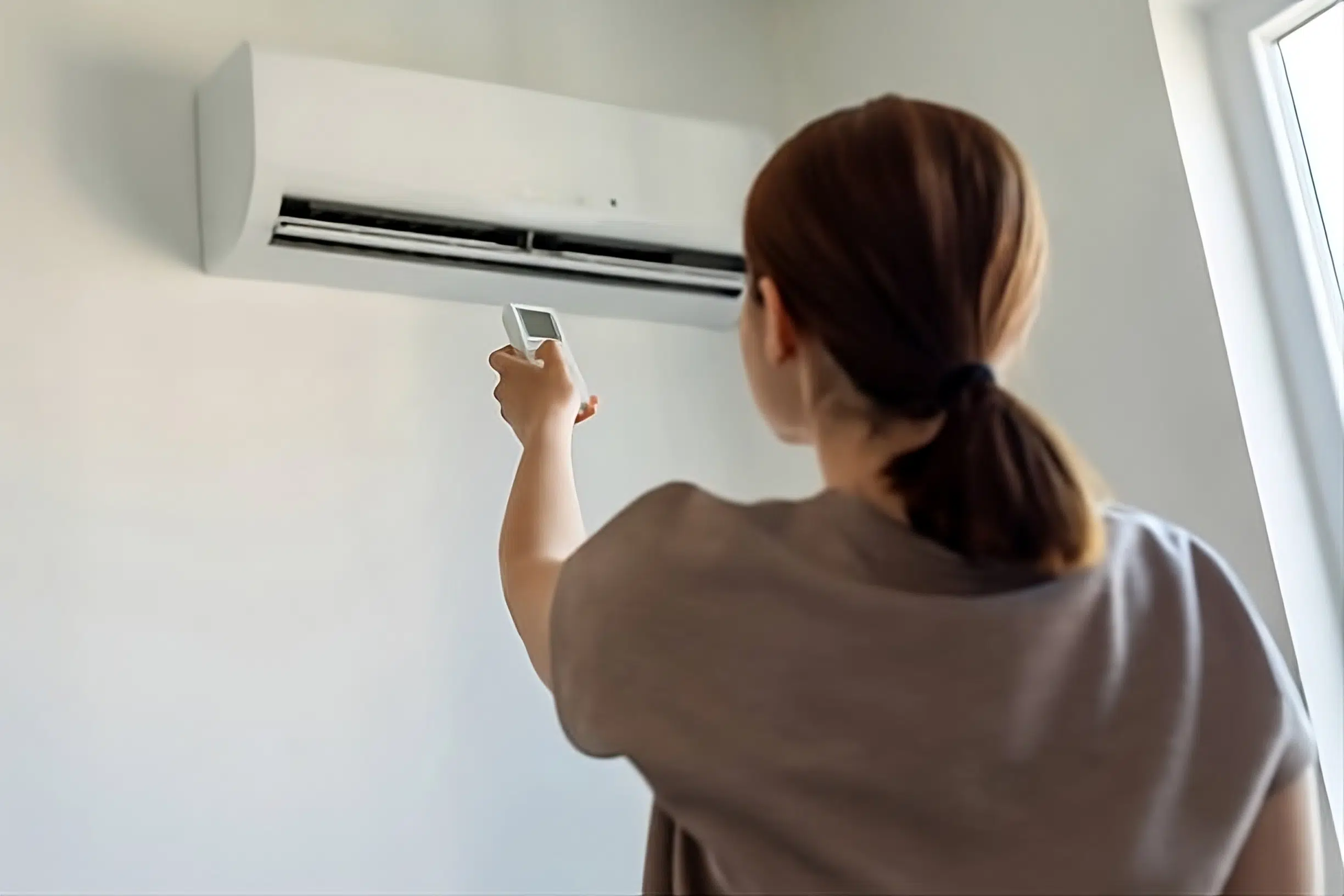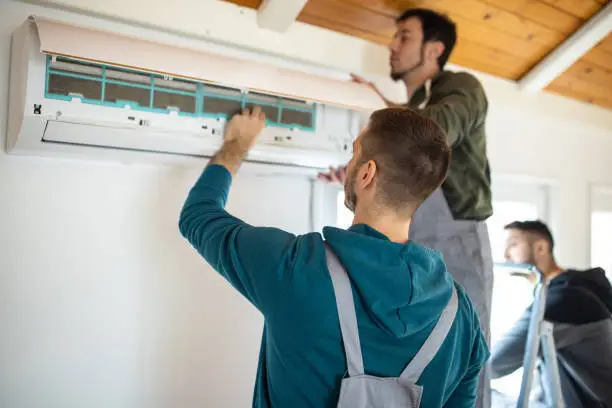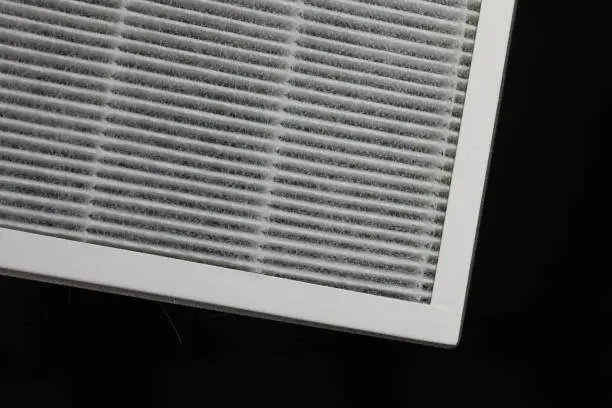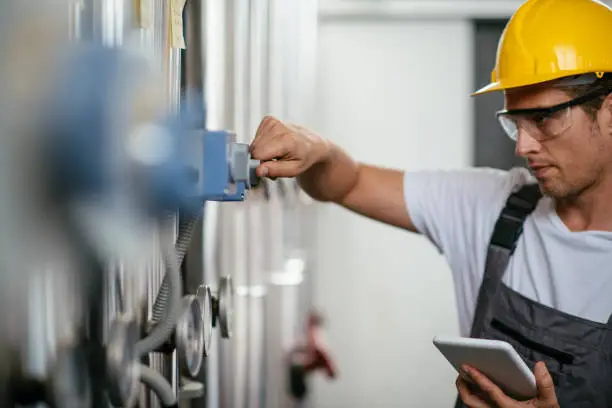
Table of Contents
In today’s world, where energy costs are on a constant rise and environmental concerns are more pressing than ever, finding ways to reduce electricity consumption is not just a matter of saving money, but also of contributing to a more sustainable planet. For homeowners in Canada, where the climate necessitates the use of air conditioning for comfort during warmer months, understanding how to optimize AC usage is crucial. This article aims to provide practical, actionable tips to not only improve energy efficiency but also to significantly cut down on electricity consumption.
Understanding Your AC System
Before delving into the tips, it’s essential to have a basic understanding of your AC systems in Canada. Most Canadian homes use either a central AC system, which cools the entire house through a network of ducts, or window units that cool individual rooms. The efficiency of these systems is often measured in terms of Seasonal Energy Efficiency Ratio (SEER), with a higher SEER rating indicating a more efficient unit. Understanding your system’s type, capacity, and age can help in making informed decisions for maintenance and upgrades.
Central to the functioning of any AC system is its ability to transfer heat from inside your home to the outside, thus cooling the indoor air. However, various factors can affect this process, leading to increased electricity consumption. Recognizing these factors is the first step in optimizing your AC’s performance.
Energy-Efficient Cooling Strategies
In our journey to reduce electricity consumption and improve energy efficiency, it is essential to focus on the heart of home cooling: the air conditioning system. The following strategies are designed not only to enhance the performance of your AC unit but also to minimize its energy footprint. By adopting these tips, you can ensure that your air conditioning system runs at peak efficiency, providing comfort while keeping energy costs and environmental impact to a minimum.
Regular Maintenance is Key
Regular AC maintenance is essential to ensure efficiency and reduce electricity consumption. A well-maintained AC unit can function close to its original efficiency throughout its lifespan. This includes tasks like cleaning or replacing air filters every month during the cooling season, and having a professional check refrigerant levels and inspect electrical terminals. Remember, efficient AC maintenance is a strategy that not only enhances performance but also reduces electricity consumption.
Upgrade to Energy-Efficient Models
If your AC is over a decade old, consider upgrading to a more energy-efficient model. Newer models are designed to use less electricity for the same cooling effect. When shopping for a new AC, look for units with a high SEER rating, as they are more efficient and can significantly reduce electricity consumption over time.
Smart Thermostat Usage
Installing a programmable or smart thermostat can lead to considerable savings in electricity consumption. These devices allow you to set temperature schedules according to your daily routine, reducing the cooling load when you’re not at home or when less cooling is needed.
Optimize Air Flow
Ensuring that your home’s vents are not blocked by furniture or drapes can improve air flow, allowing your AC system to work more efficiently. It’s also essential to have your ductwork inspected regularly for leaks, which can be a significant source of energy loss.
Use Ceiling Fans
Ceiling fans can be used in tandem with your AC to circulate cool air more effectively throughout your rooms. This allows you to set the AC thermostat higher, reducing electricity consumption while maintaining comfort.
Seal Leaks and Insulate
Sealing leaks around doors and windows, and ensuring your home is well insulated, can keep cool air in and hot air out, reducing the workload on your AC. This is a crucial step in improving your home’s overall energy efficiency.
Utilize Window Coverings
Using blinds, shades, or curtains to block out sunlight can significantly reduce the amount of heat entering your home, particularly during peak sunshine hours. This simple action can reduce your AC’s workload and lower electricity consumption.
Avoid Heat-Generating Appliances
Plan the use of heat-generating appliances like ovens, stoves, or dryers during cooler times of the day. These appliances can increase the indoor temperature, forcing your AC to work harder and use more electricity.
Set a Higher Indoor Temperature
For every degree you raise the temperature on your thermostat, you can save on your cooling expenses. Keeping your home at the highest comfortable temperature and using fans for additional cooling can significantly reduce electricity consumption.
Find out what is the ideal indoor temperature in Canada in our previous article via the link below.
https://thehvacservice.ca/what-are-the-ideal-indoor-temperatures-in-canada/
Landscaping for Shade
Planting trees or shrubs to shade your AC unit can improve its efficiency. An AC unit operating in the shade consumes up to 10% less electricity than one in direct sunlight.
Implementing these energy-efficient cooling strategies is a powerful way to reduce your electricity consumption and enhance the overall efficiency of your air conditioning system. Remember, regular AC maintenance and smart usage habits form the cornerstone of energy efficiency. Each step, whether it’s upgrading to an energy-efficient model or optimizing your home environment for cooling, plays a significant role in reducing your energy footprint.
Optimizing Your Home for Cooling Efficiency

Achieving optimal cooling efficiency in your home extends beyond the air conditioning unit itself. It involves a comprehensive approach that encompasses various aspects of your home’s design and daily practices. Here are some detailed strategies to optimize your home for cooling efficiency:
- Enhance Attic Insulation: Proper insulation in your attic is crucial. It acts as a barrier to heat entry during the summer, reducing the demand on your AC. Consider upgrading your attic insulation to a higher R-value, which indicates greater resistance to heat flow.
- Energy-Efficient Lighting: Traditional incandescent light bulbs convert a large amount of energy into heat. Switching to LED or CFL bulbs can significantly reduce this heat output, thereby reducing the cooling load on your AC. Moreover, these bulbs are more energy-efficient, further reducing overall electricity consumption.
- Natural Ventilation: Utilize natural ventilation strategies to cool your home during cooler parts of the day or season. Open windows and use strategically placed fans to create cross-ventilation, which can effectively remove accumulated heat and reduce the need for artificial cooling.
- Window Treatments: Employing reflective blinds, drapes, or shades on windows can block out solar radiation. This simple action can lower the temperature in your home, reducing the burden on your AC system.
- Sealing and Weatherstripping: Small gaps around doors and windows can let cool air escape and hot air in. Use weatherstripping or caulking to seal these leaks, which can significantly improve your home’s overall cooling efficiency.
- Roof and Exterior Walls: Consider reflective or light-colored roofing materials and paints. These reflect rather than absorb heat, keeping your home cooler and reducing the need for extensive air conditioning.
- Landscaping for Cooling: Planting trees or shrubs around your home, especially near windows and AC units, can provide natural shading and cooling. This not only enhances your outdoor space but also contributes to reducing indoor temperatures.
By implementing these strategies, you can significantly improve the cooling efficiency of your home, leading to reduced electricity consumption and a more comfortable living environment.
The Role of Technology in Energy Efficiency
- Smart AC Controllers: These devices allow you to control your AC remotely via a smartphone app. You can set schedules, adjust temperatures based on weather forecasts, and even monitor your energy usage. Some smart controllers also learn from your preferences and adjust settings automatically for optimal efficiency.
- Variable Speed Compressors: Traditional AC units operate at full capacity until the desired temperature is reached and then turn off. Variable speed compressors, however, can adjust their output to maintain a consistent temperature with greater efficiency, leading to reduced electricity consumption and less wear on the system.
- Advanced Refrigerants: Modern AC systems use refrigerants with a lower global warming potential (GWP) and higher energy efficiency. These refrigerants are not only better for the environment but also improve the overall efficiency of the cooling system.
- Home Automation Systems: Integrating your AC with a home automation system can lead to greater efficiency. These systems can adjust your AC usage based on occupancy, weather conditions, and even your daily routine.
- Energy Recovery Ventilators (ERVs): ERVs help in maintaining a fresh air supply inside your home while minimizing energy loss. They recover energy from the outgoing indoor air and use it to treat the incoming outdoor air, reducing the cooling load on your AC.
- Smart Windows: Emerging technologies in smart windows allow them to change their tint based on the intensity of incoming sunlight, reducing heat gain inside the house and thereby reducing the cooling requirements.
Conclusion
Implementing these AC and cooling tips can lead to substantial reductions in electricity consumption and energy bills. Regular AC maintenance and strategic upgrades, combined with smart home practices, can significantly improve energy efficiency. As we all strive towards a more sustainable future, every step taken to reduce energy consumption counts, both for our wallets and the environment.
To ensure your home’s cooling system operates at peak efficiency and to reduce your electricity consumption, consider reaching out to HVAC Service Solutions. Our expert team in Canada specializes in professional advice and top-notch maintenance and tune-up services. Contact us today to enhance your energy efficiency and enjoy a more comfortable, cost-effective home environment.
FAQs
How often should I perform AC maintenance for optimal efficiency?
Regular AC maintenance is crucial for maintaining optimal efficiency. It is recommended to schedule professional maintenance at least once a year, ideally before the cooling season begins. During these sessions, a technician from HVAC Service Solutions will thoroughly inspect your unit, clean or replace air filters, check refrigerant levels, and ensure all components are functioning correctly. Regular maintenance not only improves efficiency but also extends the lifespan of your unit, prevents unexpected breakdowns, and ensures your system is operating safely. Our team at HVAC Service Solutions offers comprehensive maintenance plans tailored to your specific needs, ensuring your AC runs efficiently throughout the year.
Can upgrading to a high-SEER AC unit significantly reduce my electricity bills?
Absolutely. Upgrading to an air conditioning unit with a higher SEER (Seasonal Energy Efficiency Ratio) rating can lead to significant reductions in electricity consumption and costs. High-SEER units are designed to be more energy-efficient, using less electricity to provide the same level of cooling as older, less efficient models. When considering an upgrade, HVAC Service Solutions can assist you in selecting the right unit for your home, considering factors like size, climate, and usage patterns. Our experts will provide installation services, ensuring that your new, energy-efficient AC unit is properly set up for optimal performance.
How does a smart thermostat contribute to energy efficiency?
Smart thermostats are a key component in modern energy-efficient homes. They automate your home’s temperature settings based on your daily schedule, habits, and even weather conditions, ensuring that you’re not cooling your home unnecessarily. This intelligent control leads to significant energy savings as the thermostat adjusts the temperature for times when you are away or asleep. HVAC Service Solutions offers a range of smart thermostat options and provides professional installation and setup. Our technicians can integrate the thermostat with your existing HVAC system and guide you on how to maximize its features for energy savings.
Is it cost-effective to replace incandescent bulbs with LED lighting for cooling efficiency?
Replacing incandescent bulbs with LED lighting is a highly cost-effective move for enhancing cooling efficiency. Incandescent bulbs convert a significant portion of energy into heat, contributing to higher indoor temperatures and increased AC load. LED bulbs, on the other hand, produce minimal heat and are much more energy-efficient, reducing the strain on your cooling system and lowering your electricity bills. Over time, the energy savings from using LED bulbs can be substantial. HVAC Service Solutions can provide guidance on selecting the best LED options for your home and advice on other energy-saving measures.
Can natural ventilation effectively reduce my reliance on AC?
Natural ventilation can be an effective strategy to reduce reliance on air conditioning, especially during cooler times of the day or in milder climates. By opening windows and creating a cross-ventilation system, you can allow cooler outside air to circulate through your home, naturally lowering the indoor temperature. This strategy is most effective when combined with other cooling methods like shading devices or reflective materials on windows. HVAC Service Solutions can assess your home and suggest ways to optimize natural ventilation, as well as provide solutions for passive cooling that complement your existing AC system.
What are some simple ways to seal leaks and insulate my home?
Sealing leaks and insulating your home are straightforward yet impactful ways to enhance cooling efficiency. Weatherstripping and caulking can be used to seal gaps around doors, windows, and other openings where cool air might escape. Adding insulation to your attic, walls, and floors helps maintain a consistent indoor temperature, reducing the burden on your AC system. HVAC Service Solutions offers home energy audits where our experts identify areas of air leakage and insufficient insulation. We then provide solutions tailored to your home, ensuring improved energy efficiency and comfort.
Is it beneficial to upgrade my HVAC system for energy efficiency?
Upgrading to an energy-efficient HVAC system can significantly cut your energy bills. Energy Star-certified heating and cooling equipment, such as heat pumps or high-efficiency natural gas furnaces, can greatly improve efficiency. Additionally, ensuring your ventilation system is properly sealed and insulated can reduce heating and cooling costs by up to 20 percent. Regular maintenance by HVAC Service Solutions and timely upgrades are crucial for keeping your HVAC system running at peak efficiency.
How does landscaping help in reducing AC load?
Strategic landscaping can play a significant role in reducing the AC load. Planting trees, shrubs, or vines near windows and around the AC unit provides natural shading, reducing the amount of solar heat entering your home and the ambient temperature around the AC unit itself. This shading can lower indoor temperatures, reducing the need for continuous air conditioning. HVAC Service Solutions can offer advice on suitable plants and the best placement for shading, as well as how to integrate these landscaping efforts with your overall cooling strategy.
Should I consider energy recovery ventilators for my home?
Energy Recovery Ventilators (ERVs) are an excellent option for homeowners looking to improve indoor air quality without a significant increase in energy consumption. ERVs work by exchanging the stale indoor air with fresh outdoor air, while simultaneously transferring heat and moisture to maintain comfortable indoor conditions. This process reduces the load on your AC system, as less energy is required to cool down or dehumidify the incoming air. HVAC Service Solutions can assess your home’s ventilation needs and install an ERV system, enhancing both the efficiency of your cooling system and the overall air quality in your home.
How can I contact HVAC Service Solutions for professional advice and services?
To access professional advice and services from HVAC Service Solutions, you can easily contact us through our website or by calling our customer service hotline. Our team is ready to assist with all your HVAC needs, from maintenance and tune-ups to system upgrades and energy efficiency consultations. Reach out today to schedule an appointment or to learn more about how we can help you achieve a more energy-efficient and comfortable home environment.
Share


















